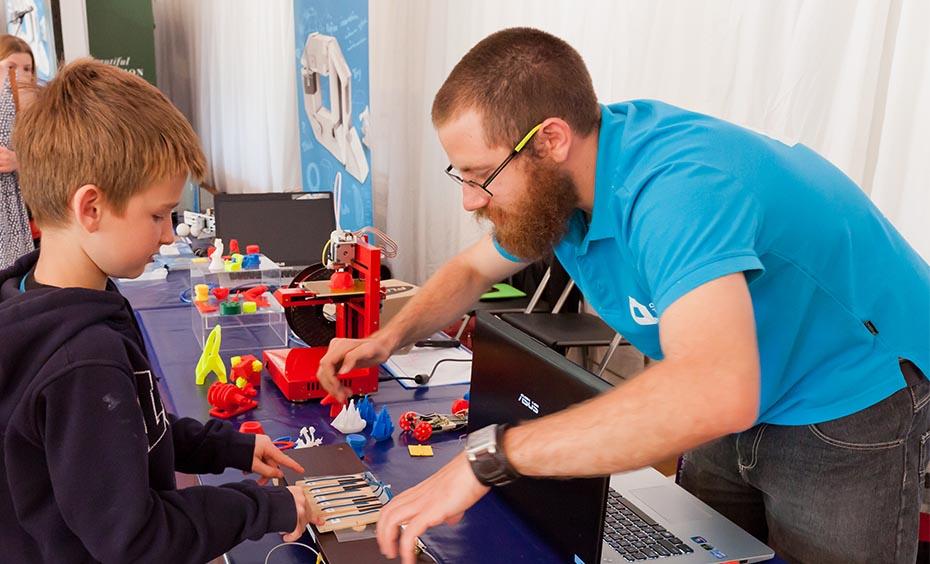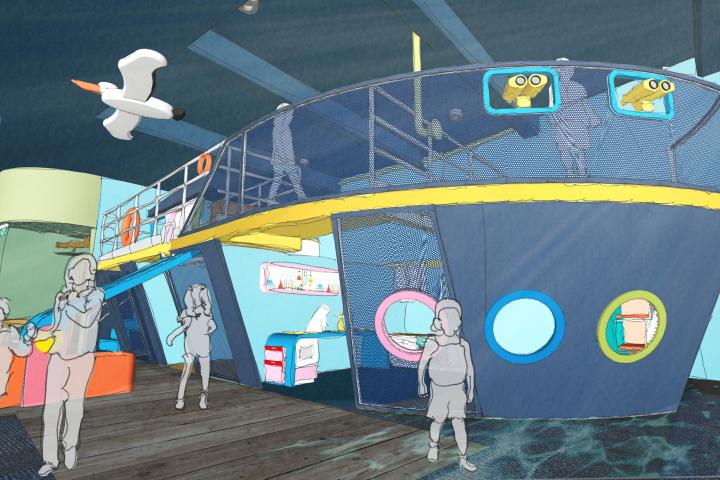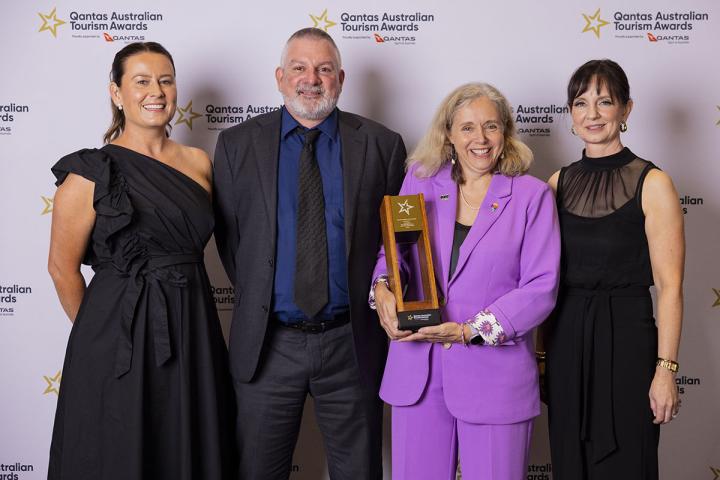
As thousands of visitors flock to the floral displays at Floriade, it’s timely to recall the history of the tulip and how it became one of the world’s most popular flowers. It’s a story of inspiration, innovation and intrigue.
Tulips were first cultivated by Sultans of the Ottoman Empire in 16th Century Turkey. Tulip seeds were sent to the Royal Medicinal Gardens in Prague later that Century, generating a growing interest across Europe in these beautiful bulbs. In 1593, the prefect of the Prague gardens fled to the Netherlands to escape religious persecution, taking tulip bulbs with him. It was theft of tulips from his garden in Leiden that led to tulip mania gripping the Dutch community in the mid-1600s. Tulips became a symbol of wealth and prosperity and—at the height of tulip mania—individual bulbs could fetch the same price as a house in Amsterdam. The bubble eventually burst in 1637 and prices crashed. However, the tulip industry survives and today Dutch companies still export 1.2 billion bulbs annually. Dutch migrants are also largely responsible for further spreading the popularity of tulips worldwide.
This story closely reflects elements in the innovation process; ideas, knowledge exchange, market creation, investment and the boom and bust cycle. With ‘Beautiful Innovation’ the theme for this year’s Floriade festival, it’s a story worth telling.
Other stories worth telling were included last week in the Patently Ridiculous show, presented at Floriade’s Innovation Hub by the Questacon Maker Project team as part of a Questacon and Department of Industry display. This 30-minute ‘game show’ explores wacky and wonderful inventions over the past two centuries, what problems they were trying to solve and how and why inventors come up with original ideas and turn them into products – whether useful or not. This show is also performed regularly at Questacon.
This show links to the Questacon Technology Learning Centre (QTLC) and the current Gallery of Australian Inventiveness exhibition, Henry Hoke: The Lost Tools of Henry Hoke. This exhibition showcases a range of whimsical inventions by Hoke—a forgotten Australian inventor—including the glass hammer, dehydrated water pills and the infamous Random Excuse Generator.
The Questacon Maker Project team also demonstrated 3D printers from the QTLC as a sample of what’s on offer for school groups at Questacon’s newest facility. This new manufacturing technology is now a major force in the development of new ideas and inventions.
Innovation Hub displays from other divisions of the Department of Industry gave Floriade visitors a chance to take a deeper look at cutting-edge Australian innovation and skills development. Visitors could try their hand at a trade with Skills Connect’s Try a Skill displays, including a robotic welding simulator. AusIndustry’s displays showcased some of Australia’s brightest innovations and newest technology including a number from the ACT.
Questacon’s contribution as a national institution was also recognised with a dedicated garden bed. The garden bed design of a DNA double helix symbolises Questacon’s ability to communicate complex scientific phenomena into interactive learning experiences.



